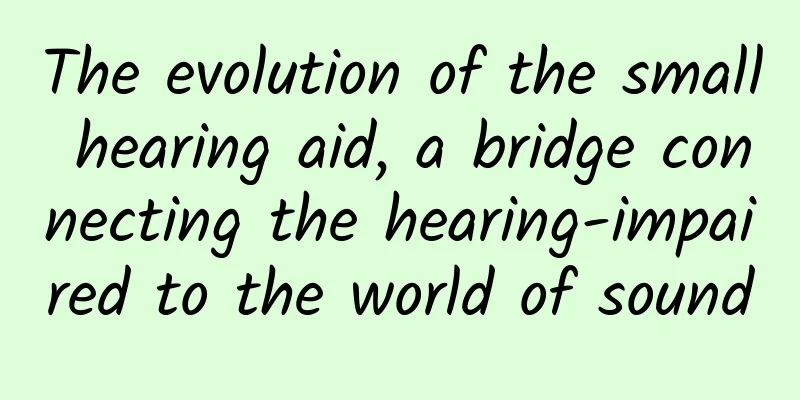A dose of science | What are scientists trying to do by herding cells around like sheep?

|
Princeton researchers have created a device that uses electric fields to make cells move in groups, like sheep. This time-lapse video shows a layer of cells undergoing a 90-degree rotation over an eight-hour period of observation under a microscope. 01: Train a Shepherd Dog Scientists have long known that naturally occurring electrochemical signals in the body can influence cell migration, growth and development - a phenomenon known as electrotaxis. These behaviors are not as well understood as chemotaxis, which is the response to differences in cellular chemical concentrations. The main obstacle has been the lack of practical tools to rigorously examine how cells respond to electric fields. A new system assembled from inexpensive and readily available parts allows researchers to manipulate and measure the movement of cultured cells in a reliable and reproducible way. In a paper published last year in Cell Systems, the Princeton team described the assembly and preliminary studies using the device, which they called the SCHEEPDOG apparatus. Lead author Tom Zaidel, a postdoctoral researcher, said previous systems used to study cellular responses to electric fields "were either custom-made and hand-made, with reproducibility issues, or required equipment fabrication, making them expensive and inaccessible to many labs. We wanted to use rapid prototyping methods to make a well-defined device that could be clipped onto a culture dish." The SCHEEPDOG device contains two pairs of electrodes for generating electric fields along the horizontal and vertical axes, with voltage levels close to those of a common AA battery. There is evidence that reversing the direction of natural electric fields can inhibit wound healing in animal models, while amplifying existing electric fields may improve healing. “There’s still a lot of unknown territory for us to explore at the level of individual cells, but the beauty of group dynamics is that even if you don’t know everything about the individuals, you can still design behaviors at the group level to achieve practical outcomes.” This time-lapse video shows programmed circular maneuvers in a layer of cells over an eight-hour period. Left: Microscope image of the cells; middle: their movement trajectories; right: changes in the direction of the electric field "What the cells sense is a virtual angle, which allows us to program any complex movement, like a full circle," Cohen said. "That's really amazing — it's an amazing level of control that we didn't expect to be possible, especially with thousands of neighboring cells doing these actions on command." Michael Levine, director of the Center for Regenerative and Developmental Biology at Tufts University, said the study "adds to the knowledge of how cells respond to bioelectric aspects of their environment, and it demonstrates a technique to address not only the activity of individual cells in response to bioelectric signals, but also the collective behavior of cells, which is critical to understanding how physical forces exert the synergistic effects we see in embryogenesis, regeneration, and cancer." Cell → sheep, electric field device SCHEEPDOG → sheepdog, scientist → shepherd With SCHEEPDOG, the team is expanding their research to different cell types and environments. Graduate student Gawoon Shim is studying how different levels of cell adhesion affect directional cell migration, providing a theoretical basis for regenerating skin, blood vessels and nerve cells in damaged tissues. "This is the first step for any healing and regeneration we might need" in a variety of clinical contexts, said Shim, co-lead author of the study. "We're learning how to direct the cells to where we need them, and then we can figure out what to do with them afterward." 02: Untie the leash What happens at the cellular level when wounds heal in real life In previous preliminary studies, they found that using mature skin cells, rather than moving with the speed and precision of a marching band in response to an electrical current, they moved slowly, like a group of people holding hands with their neighbors. Mature skin also presents another problem: Once the leading edge of a cell advances, it peels away from the dish and dies. "If you apply commands that are different from what the cell naturally 'wants' to do, you get into a tug-of-war," Cohen says. "The result is that the tissue tears itself apart." Cohen and Shim suspected that "handshakes" between cells prevented the tissue from following electrical commands smoothly. These handshakes are proteins called cadherins that hold neighboring cells together. They make the tissue cohesive so they can move together, but they also cause traffic jams when cells don't have room to move. Cadherins need calcium ions to complete their connections, so Shim cultured cells with varying amounts of calcium and measured their responses to electrical stimulation. She found that the less calcium in the cells, the more fluid they had and the faster they moved. "It went really fast—I was very surprised," Shim said. After identifying the basic rules of cell adhesion, the researchers developed a way to fix the problem. Shim grew a layer of skin cells in a high calcium solution so they established normal connections. She then treated the cells with a chemical that pulls in calcium ions to break the cell handshake. When Shim lowered the calcium levels and applied an electric field, the cells moved as instructed. Finally, she restored high calcium levels to restore the handshake, resulting in a healthy and cohesive layer of skin cells. 03: Let them eat grass Improved cell migration activity “This elegant and exciting study from the Cohen lab yields an intuitive but previously unknown lesson: cells migrating collectively are more likely to follow directional cues if their mutual cohesion is weak,” said Alex Mogilner, professor of mathematics and biology at New York University. “This paper is not only fundamental science, but has profound biomedical implications… We are not only asking how cells do this, we are asking how we can manipulate cells and make them do it better.” Next, Shim and Cohen plan to move from their 2D models to 3D models. For example, human skin is made up of different tissues, much like a piece of cake. Depending on how well these techniques work in 3D skin models, the results could indicate whether the same approach works in actual wounds. Many tissues use cadherin handshakes to stick cells together, but there are other ways for tissues to stay connected. This work could be used not only to help wounds heal faster, but also to fine-tune the healing process to prevent tightness and reduce scarring. "We started using this warm and fuzzy approach to designing group behavior, letting us see what the organization wanted to do and coordinate with it. It turns out it's ridiculously easy," Cohen said. "Sometimes the cells don't want to listen to you. And sometimes you just need to bend the rules a little bit." References: [1] Shim G, Devenport D, Cohen D J. Overriding native cell coordination enhances external programming of collective cell migration[J]. Proceedings of the National Academy of Sciences, 2021, 118(29). Layout: Original Energy Cell-EAIS Compiled by: Original Energy Cell-EAIS Producer: Julie from Primal Cell |
Recommend
You may not know that there was also glass in ancient China.
"Most beautiful things are not solid, colorf...
If you often have these 5 thoughts, it means you are wasting yourself! Please stop immediately
Have you ever wondered why you sometimes make som...
Air turns into fuel? This technology may hold the code to energy
Produced by: Science Popularization China Produce...
What are the medicinal values of Purslane?
As people's quality of life is getting better...
Uremia is mostly "made up"! Beware of these 6 behaviors that damage your kidneys
Recently, Master Wang, 42, from Taizhou, had to w...
The efficacy and function of processed Polygonum multiflorum
Processed Polygonum multiflorum is a processed pr...
The efficacy and function of Lepidium ovatum
The ovalileaf fern is a commonly used medicinal m...
The efficacy and function of Evodia rutaecarpa
Speaking of Evodia rutaecarpa, I believe many fri...
What is the difference between cooling at 26℃ and heating at 26℃? Why do pineapples need to be immersed in salt water? Come and learn more
Turn on the air conditioner in winter Set to &quo...
Is the heart shaped like a heart? No, it's shaped like a noodle.
The heart shape has always been a symbol of love ...
The best vegetables to eat in spring have so many benefits!
“The peaches and plums in the city are worried ab...
Don't squeeze hard little lumps on your skin! They are prone to recurrence and leave scars
Many people like to scratch their skin when they ...
The efficacy and function of Fushen
Fosun ginseng is a famous traditional commonly us...
What are the functions, effects and contraindications of Achyranthes bidentata?
Achyranthes bidentata is not the knee of a cow. I...
The efficacy and function of chrysanthemum
Chrysanthemum is a very common medicine. It is ve...









